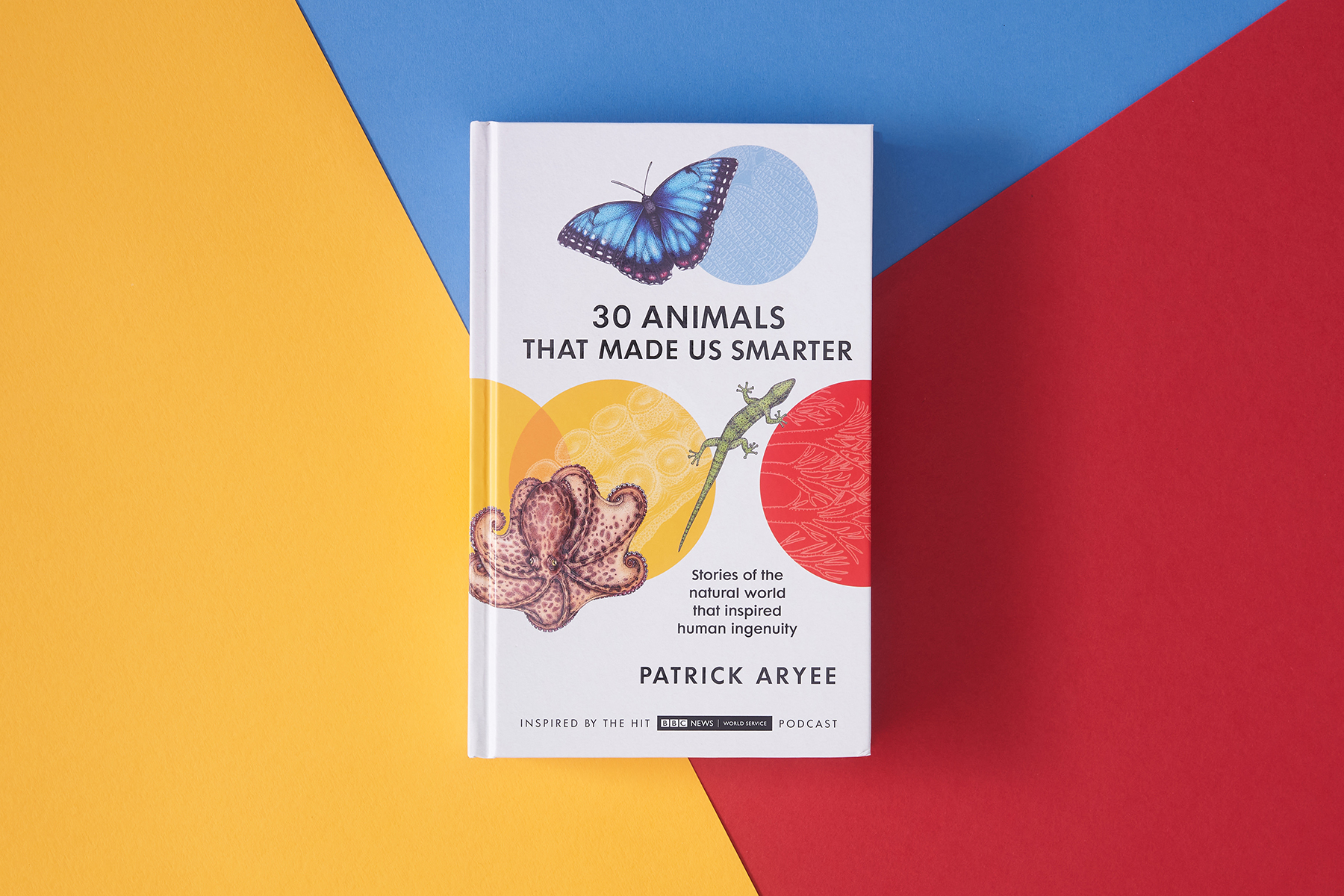
- Home |
- Search Results |
- 8 animals that made us smarter
8 animals that made us smarter
From surgery methods to public transport, we humans have been drawing inspiration from the animal kingdom for a long time. In 30 Animals That Made Us Smarter, Patrick Aryee reveals the astonishing stories behind some of our greatest inventions. We’ve picked out eight of our favourites.
Kingfishers
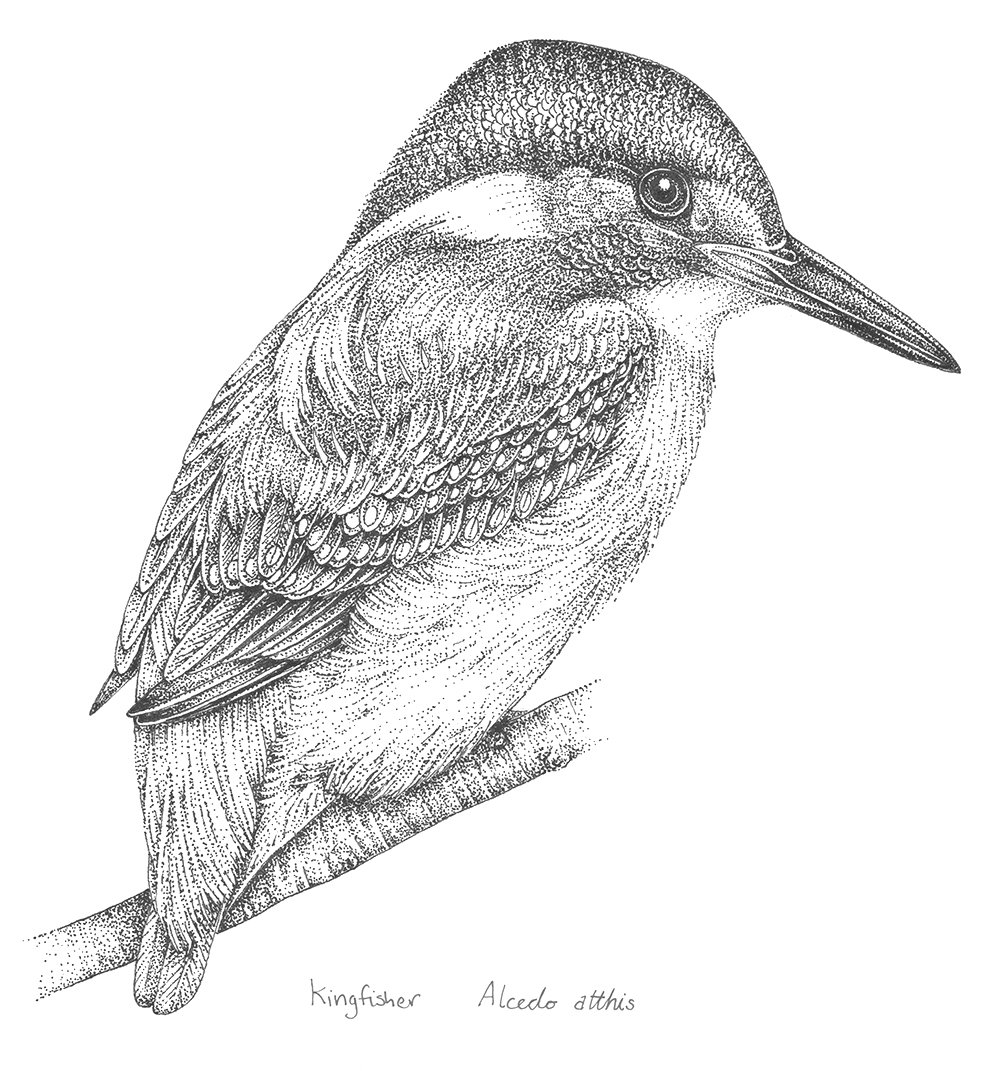
The kingfisher helped reshape the daily commute of millions in Japan. Birdwatcher and engineer Eiji Nakatsu drew inspiration from the kingfisher’s long, narrow, and highly streamlined beak to create the bullet train we know today.
Polar bears
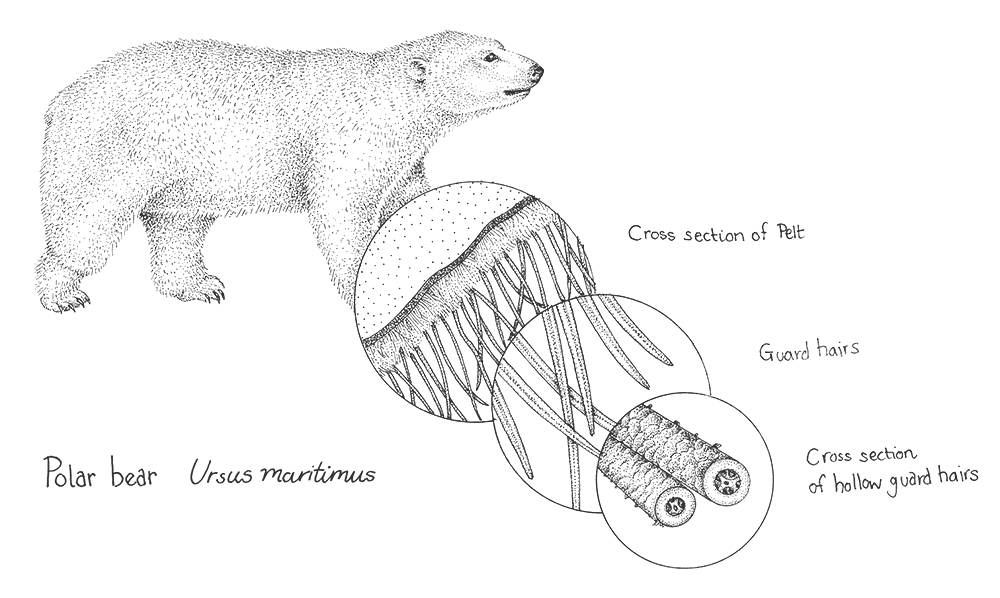
The polar bear’s most important adaptation to freezing temperatures is their fur. It traps warm air, making it an incredible thermal insulator. And their fur has since been used as the model for a new type of insulation for spacecraft – aerogel. And scientists are now considering aerogel as the answer to the human colonisation of Mars.
Hedgehogs
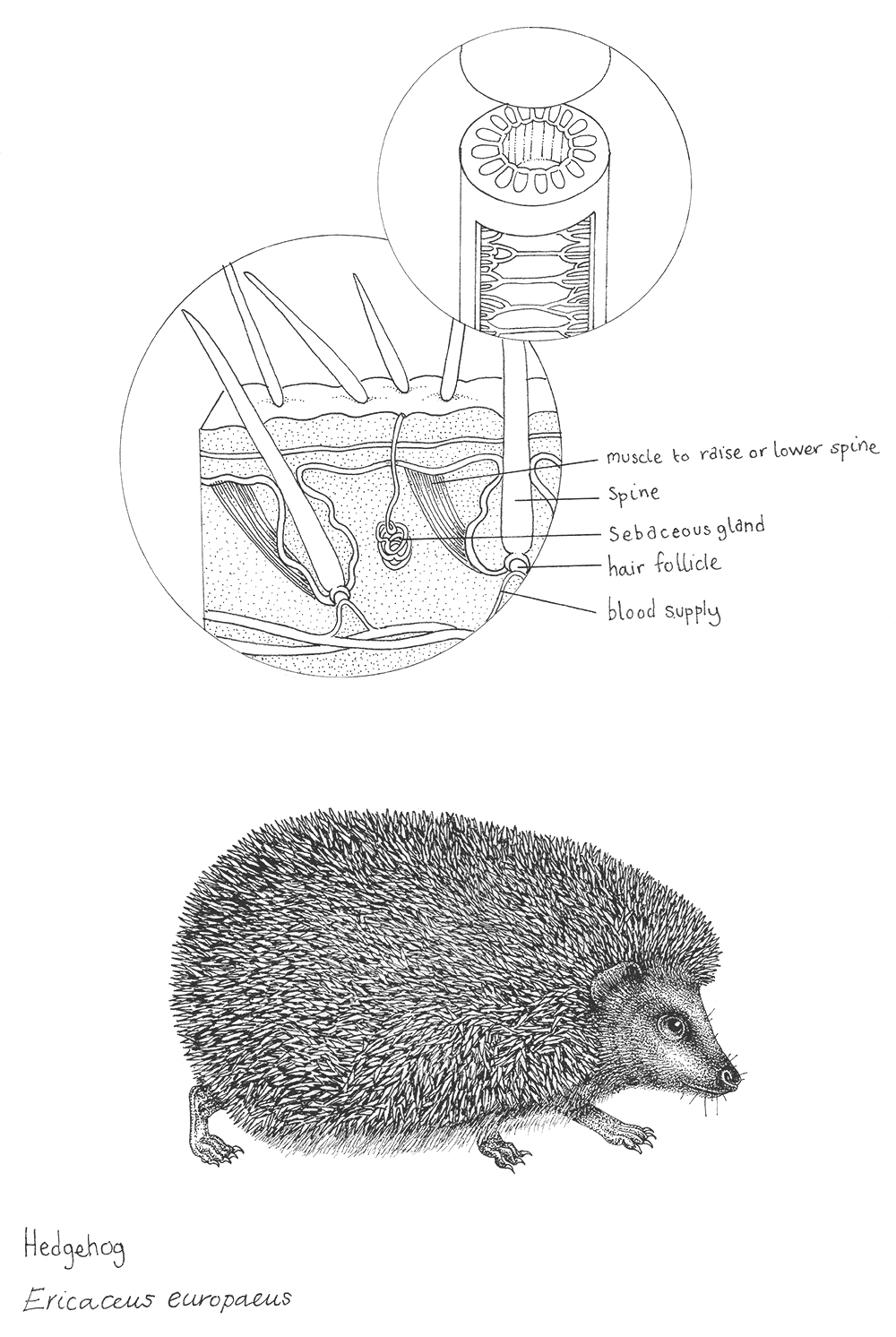
The hedgehog’s quills are a remarkable feat of natural engineering. They not only protect the hedgehog from predators, but they also prevent the hedgehog from injuring itself. And it’s this ability to protect that’s inspired an ingenious natural design for a new sports helmet, which could spell the end for crippling sports concussions. Very soon sportsmen and sportswomen around the world might be wearing helmets that, on the inside, look like hedgehog quills!
Sharks
Have you ever noticed how compared to other marine animals, sharks typically have flawless skin? This is because a shark’s skin is made up of millions of tiny V-shaped scales, called ‘dermal denticles', which are lined with millions of tiny ridges. These scales not only help sharks to slide effortlessly through the water, but they also work to prevent microorganisms from settling on the skin. So, shark skin could be the key to developing products that will enable us to stop bacteria sticking to surfaces! This will be ground-breaking for hospitals where keeping surfaces free of bacteria is a real issue.
Parasitoid wasps
The parasitoid wasp lays its eggs in the bodies of other arthropods aka insects. It has a long thin tube called an ovipositor, which literally means ‘egg placer’ – and it will stab this into the host. And it’s this needle-like organ that has inspired scientists to make improvements on keyhole surgery devices, and potentially enable the removal of tumorous tissues deep inside the human body through tiny incisions.
Snow fleas
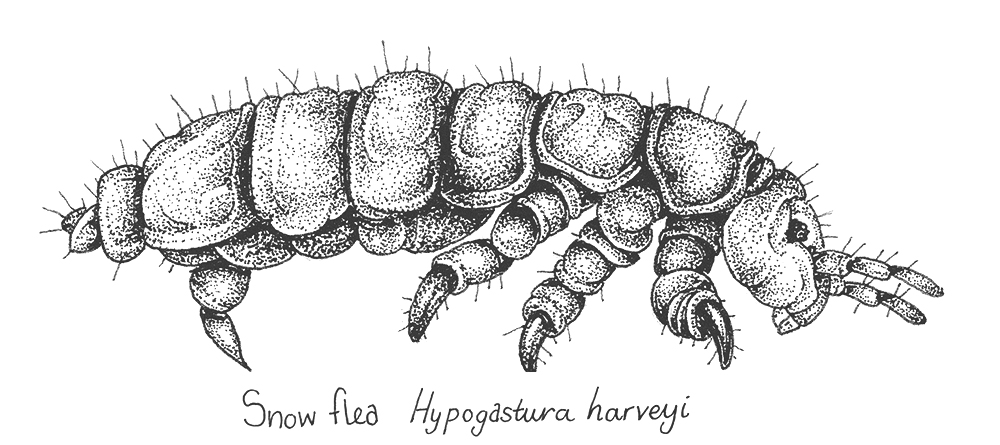
Some animals that live in sub-zero temperatures, such as the snow flea, contain a group of unique molecules in their bodies called ‘antifreeze proteins’ or AFPs. These AFPs have become the inspiration for new technologies that could extend the preservation time of transplant organs and enable us to fly them even further, making all the difference when it comes to saving someone’s life.
Cats
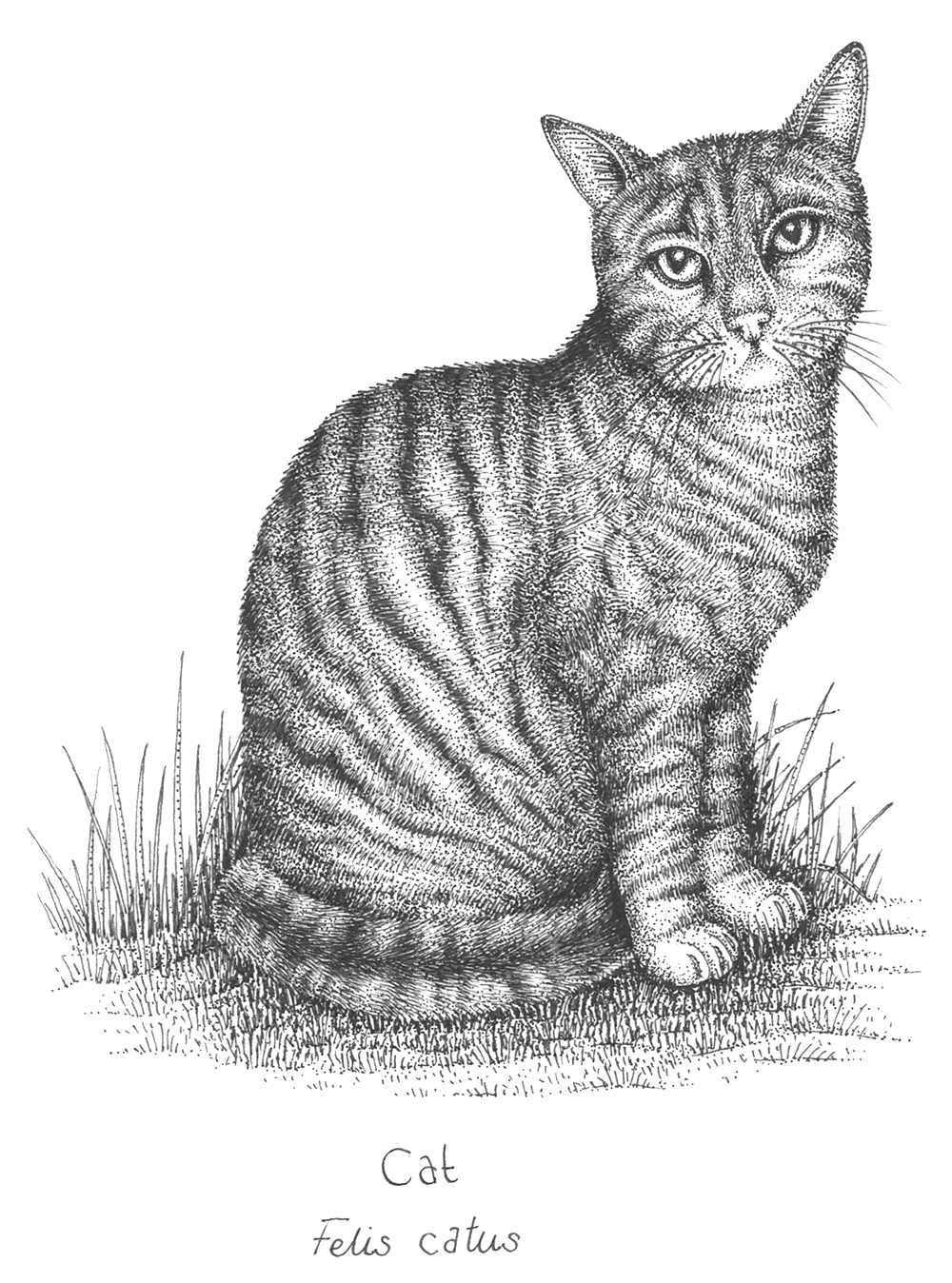
Cats are nocturnal animals – they hunt at night. To be effective at this time, they need really good eyesight. As such, a cat’s eye has adapted and evolved to be far better at seeing at this time of day and it’s also the reason that they glow so brightly, in a spooky kind of way when you shine a light in their eyes. It was this particular quality that was noticed by mechanic and inventor Percy Shaw in the 1930s. He went on to invent ‘cat’s eyes’, a special retro-reflecting lens that is now used all over the world and allows drivers to see the road when they drive at night.
Manta rays
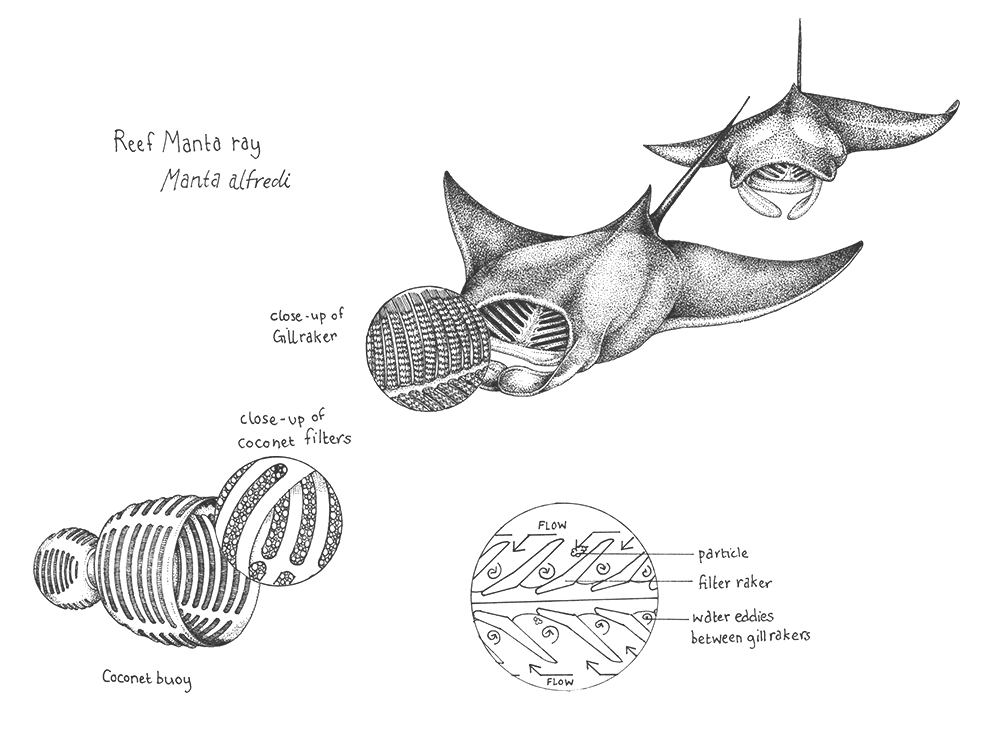
Manta rays are filter feeders. As they swim, seawater enters their large, forward-facing rectangular mouths; plankton are captured, and the water then escapes through their gill openings. This filtration system has captured the interest of a team of students at The Hague University of Applied Sciences in the Netherlands, and it has enabled them to begin to develop a mechanism that could collect microplastics in rivers and ultimately prevent pollution from reaching our oceans.